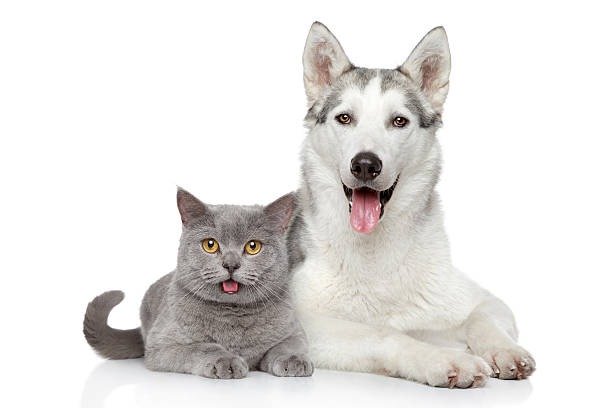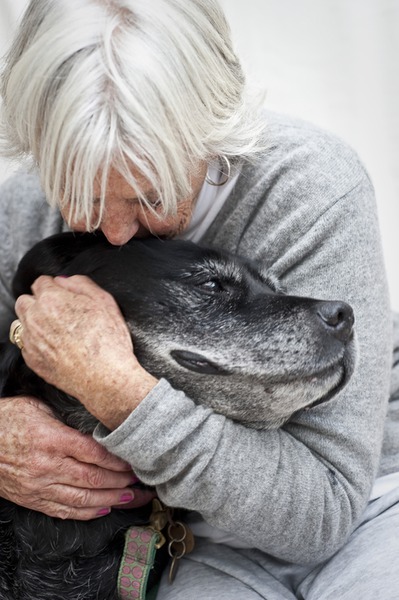As a pet owner, it is essential to notice the effects of extreme temperatures on your furry companions. Whether it’s scorching hot or freezing cold, the weather can significantly impact your pet’s health. This article explores how extreme temperatures lead to pet health emergencies and offers tips to keep your pets safe.
In What Ways Do Extreme Temperatures Impact Pets?
Before we discuss the impact on pets, let’s understand what “extreme temperatures” actually mean. Generally, this term refers to conditions far outside the typical comfortable range of temperatures, making it dangerous for animals to stay healthy without proper care. Summers can reach a boiling point, while winters can plunge to freezing levels, both posing unique risks to our pets. It’s crucial to be aware of pet emergencies that can arise from such extreme conditions and take appropriate precautions to ensure their safety.
Common Emergencies Due to Heat
1. Heatstroke
One of the most severe conditions pets can suffer from during hot weather is heatstroke. This occurs when a pet’s body temperature rises to dangerous levels and cannot cool down efficiently. Symptoms include excessive panting, drooling, rapid heartbeat, and lethargy. In extreme cases, heatstroke can lead to organ failure or death.
2. Dehydration
A lack of adequate hydration during high temperatures can cause pets to become dehydrated. Signs of dehydration include dry gums, lethargy, sunken eyes, and loss of skin elasticity. Ensuring your pet has constant access to fresh water is crucial.
3. Burned Paw Pads
Hot pavements can be incredibly harsh on your pet’s paws. During summer walks, your dog or cat can suffer from burned paw pads. It’s always a good idea to check the ground’s temperature or walk them during cooler parts of the day.
Cold Weather Dangers
1. Frostbite
Frostbite occurs when a pet’s body tissues freeze. This is common in extremities like ears, tail, and paws. If you notice your pet’s skin turning pale or gray or becoming cold and hard, it might be frostbite. Immediate veterinary attention is necessary.
2. Hypothermia
When exposed to cold for too long, pets can develop hypothermia. This condition happens when their body temperature drops drastically. Symptoms include shivering, lethargy, weakness, and, in severe cases, unconsciousness. Pets with short coats or those that are very young or old are particularly vulnerable.
Ways to Prevent Emergencies During Extreme Temperatures
Preventive Measures During Heat
-
Keep them hydrated: Always ensure fresh water is available.
-
Shade and shelter: Provide a cool, shaded area where they can escape the heat.
-
Avoid midday walks: Walk your pets early in the morning or late evening when it’s cooler.
-
Use cooling mats: Invest in cooling mats or bandanas to help them regulate their body temperature.
Preventive Measures During Cold
-
Limit outdoor time: Keep pets indoors as much as possible during freezing weather.
-
Warm bedding: Provide warm, soft bedding to keep them cozy.
-
Pet clothing: Use sweaters or jackets to keep them warm, especially for short-haired pets.
-
Check paws: After walks, check their paws for ice and snow buildup.
Special Considerations for Different Pets
Not all pets are affected by extreme temperatures in the same way. Knowing your pet’s specific needs can help provide better care.
Dogs
Dogs’ tolerance to temperatures varies depending on their breed. Breeds with short noses, like pugs and bulldogs, are more susceptible to heatstroke. Older dogs and those with medical conditions also need extra care.
Cats
Cats are generally more adept at seeking out cool or warm spots, but that doesn’t mean they are immune to temperature-induced issues. Just like dogs, cats can suffer from heatstroke and frostbite. Ensuring they have a comfortable environment is crucial.
If your cat undergoes urgent procedures, the recovery period can be sensitive to temperature changes. For example, after a cat surgery, it is important to maintain a moderate and stable indoor environment to avoid adding stress to the healing process.
Small Mammals
Small mammals like rabbits, guinea pigs, and hamsters are even more vulnerable to temperature extremes. Their small body size means they can quickly become too hot or too cold, so keeping them in a controlled environment is essential for their well-being.
When to Seek Veterinary Help
Recognizing the signs that your pet needs immediate medical attention can make a significant difference.
Signs to Watch Out For
-
Excessive panting or drooling
-
Lethargy or depression
-
Shivering or appearing cold and stiff
-
Vomiting or diarrhea
-
Red or pale/grayish gums
-
Unconsciousness or difficulty breathing
Choosing the Right Veterinary Care
When dealing with emergencies, choosing the right veterinary care facility is crucial. It’s important to select a clinic that provides 24/7 emergency services to ensure your pet receives prompt attention whenever needed.
If your pet suffers from skin-related issues due to temperature extremes, consider a dermatology clinic for pets that can provide specialized care. These clinics have experts who can address specific skin problems and offer targeted treatments to relieve discomfort.
Wrapping Up
Extreme temperatures can severely impact pet health, leading to various emergencies that require immediate attention. By understanding the risks and taking preventive measures, pet owners can protect their furry friends from the adverse effects of both hot and cold weather. Always be observant of your pet’s behavior, and consult a veterinarian if you notice any signs of distress. Keeping your pets safe and healthy is a year-round commitment, but a little extra care during extreme temperatures can go a long way.





